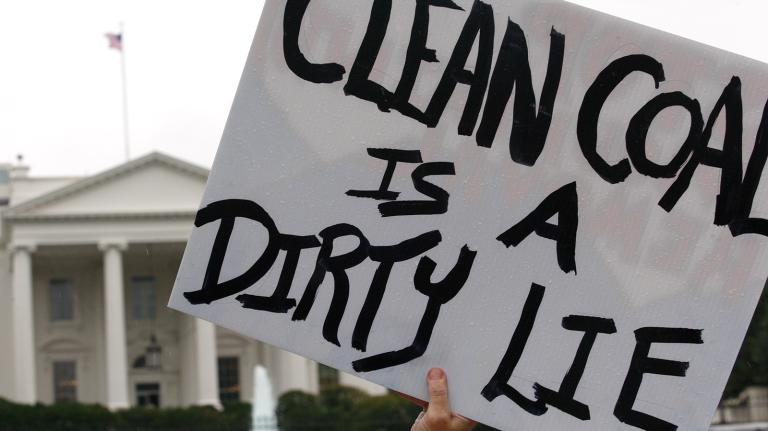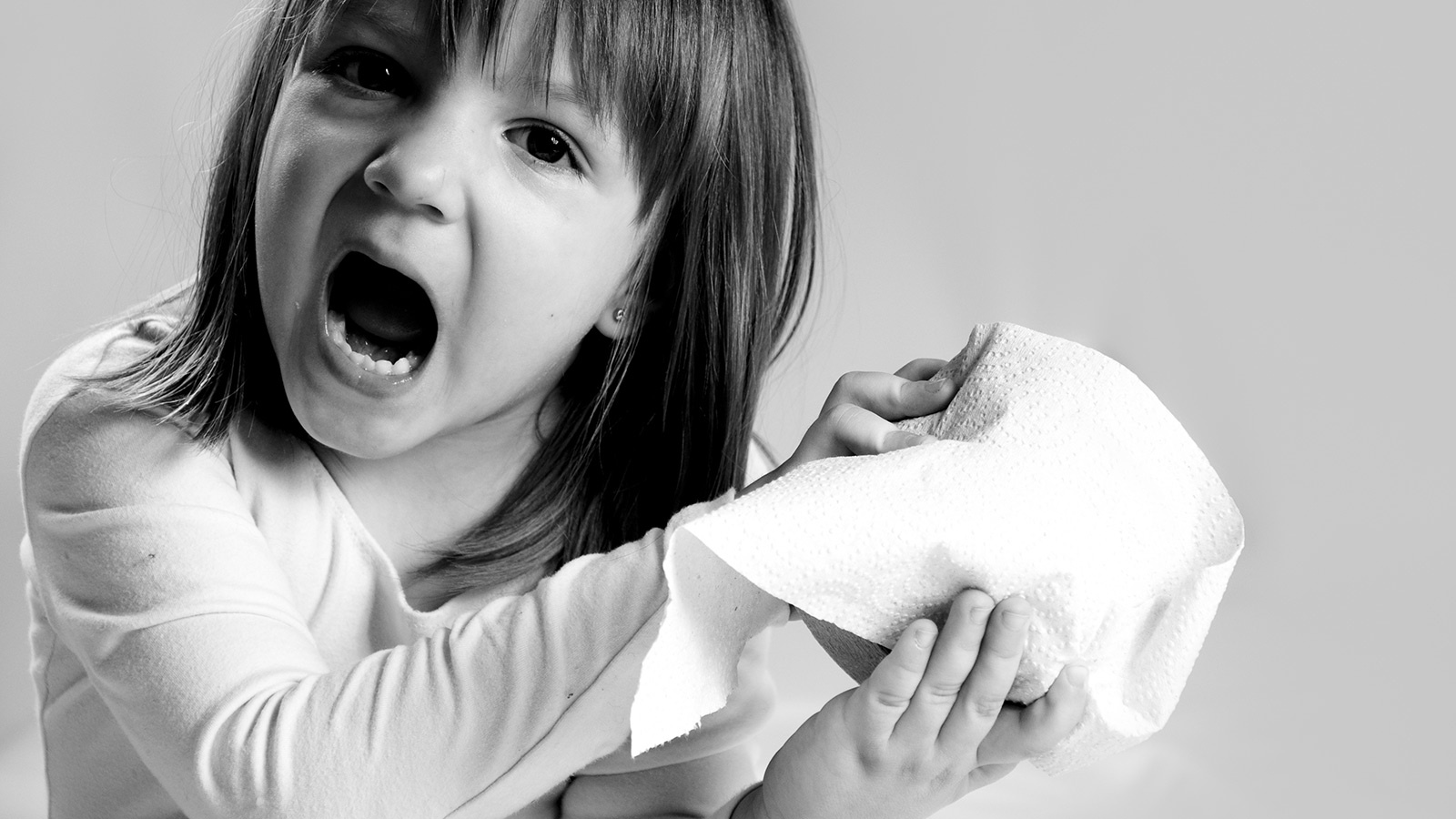Send your question to Umbra!
Q. I am on the committee for an association of property owners on a lake in Ontario and have offered to write an article about the merits of using recycled toilet paper in our septic systems. But I was disturbed to read online that recycled paper has BPA in it and shouldn’t be used on any part of our bodies, especially sensitive places. Can you enlighten me as to whether this opinion is valid?
Jo-Ann R.
Ottawa, Ontario
A. Dearest Jo-Ann,
What a crappy discovery: Just as you’re trying to go about your private business in the most planet-friendly way possible, you hear that our beloved recycled TP is contaminated with chemicals. Talk about damned if you doo, damned if you don’t.
The bad news: Recycled toilet paper — among many other recycled paper products, from paper towels and napkins to newspaper and business cards — may indeed contain BPA, reported a 2011 study in Environmental Science and Technology. (For a review of why this ubiquitous chemical concerns us, head over here.)
How’d it get in there? Blame thermal paper, which we encounter most often as receipts but is also used in lottery tickets, luggage tags, and shipping labels. Thermal paper sports a coating of powdered BPA (serving as a developer for the heat-sensitive paper), and researchers have shown the stuff readily rubs off on our skin, the Benjamins in our wallets, and, most relevant to our discussion today, all the other paper it meets down at the recycling plant. The result: traces of BPA getting prime access to our nether regions via our eco-conscious tissues.
But before you despair, let me reassure you that we’re not talking about lots of BPA. While receipts and their ilk turned up BPA concentrations measured in milligrams per gram, recycled items like TP have only micrograms per gram, and it’s mixed in rather than sitting on top of the paper, just waiting to be rubbed off. There’s still a potential for it to get into our bodies, but researchers don’t know exactly how much BPA-per-wipe we’re talking, nor if it matters exactly where we’re exposing ourselves. And to put it all in perspective, the scientists estimate about 2 percent of our BPA exposure comes from paper products, as opposed to the whopping 98 percent that hails from food packaging.
As much as we don’t like BPA, Jo-Ann, I can’t advise you to switch over to fluffy virgin toilet paper, either. Recycled wipes preserve trees, protect habitat, keep our water clean, and save energy. And even if you did chuck your recycled rolls where the sun don’t shine, you wouldn’t be making great strides to reduce your overall BPA exposure — unless you also skipped all those other paper products, including cold, hard cash, as well as the plastics we typically associate with BPA.
So allow me to propose a third way: Go TP-free! It sounds a little wacky to American (and probably Canadian) ears at first, but I can assure you it’s a valid option. There’s the reusable toilet paper route, often called “pee rags” or, more delicately, “the family cloth,” a method that involves stocking clean cloth strips toiletside and washing the used ones for another go every few days or so. Francophiles may prefer the refreshing spray of the bidet, which conveniently comes in attachments that fit right on your existing toilet. No paper waste, no BPA infiltration, and très sophistiqué.
The fact remains that it’s very difficult to completely dodge BPA in this chemically laden world of ours – more than 90 percent of us have detectable levels in our bodies. It would be far more useful to agitate to yank it out of all our receipts (which is possible: Japan did it in 2001), Jo-Ann, than to stress too much about your toilet paper. Good luck, and wash your hands.
No-plyfully,
Umbra




